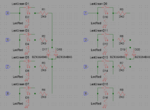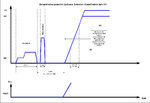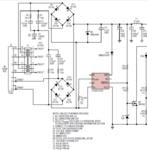nickbrown_500
Newbie level 5
Hello All,
I'm looking at wanting to build a quick PoE tester just to let me know the power is getting through my device and which pairs this is running on.
I know there can be a couple of options depending on whether A or B wiring is been used.
Does anyone have a schematic etc of how this can be done, or any links to somewhere that it has been done.
Cheers
I'm looking at wanting to build a quick PoE tester just to let me know the power is getting through my device and which pairs this is running on.
I know there can be a couple of options depending on whether A or B wiring is been used.
Does anyone have a schematic etc of how this can be done, or any links to somewhere that it has been done.
Cheers


